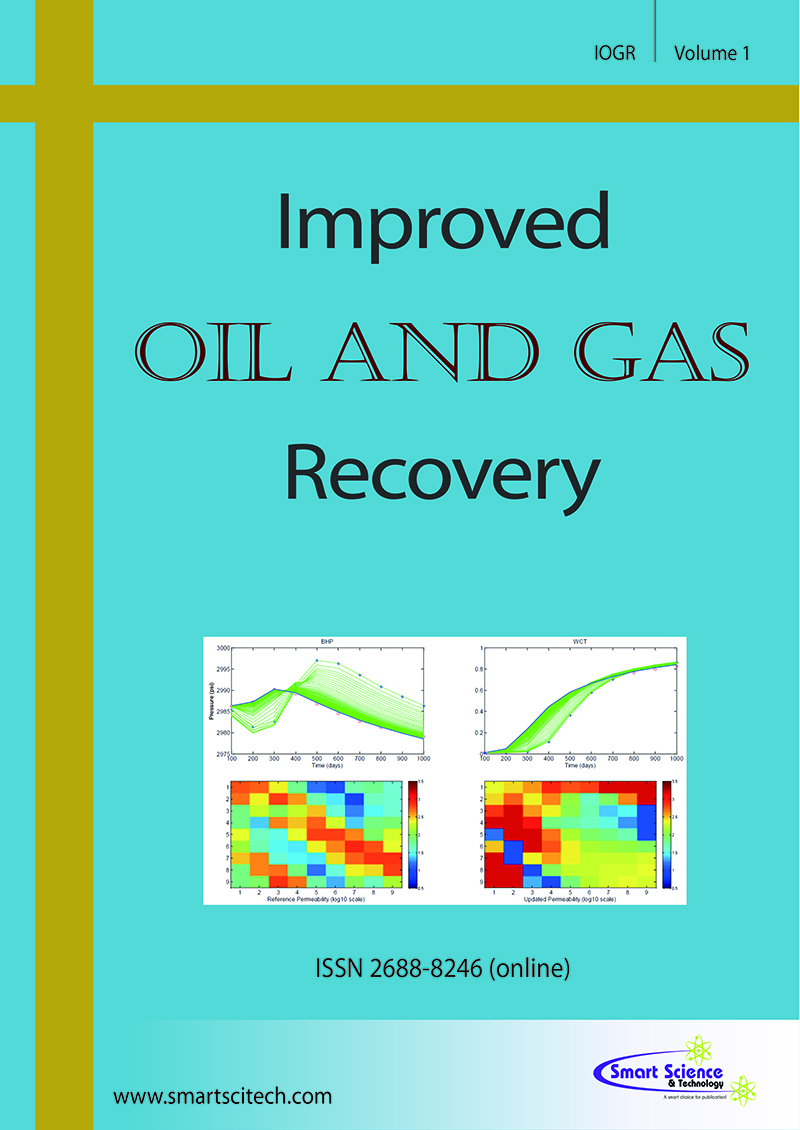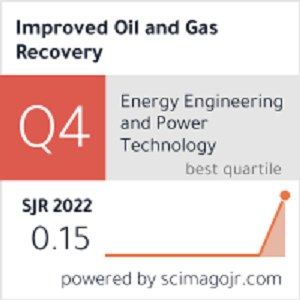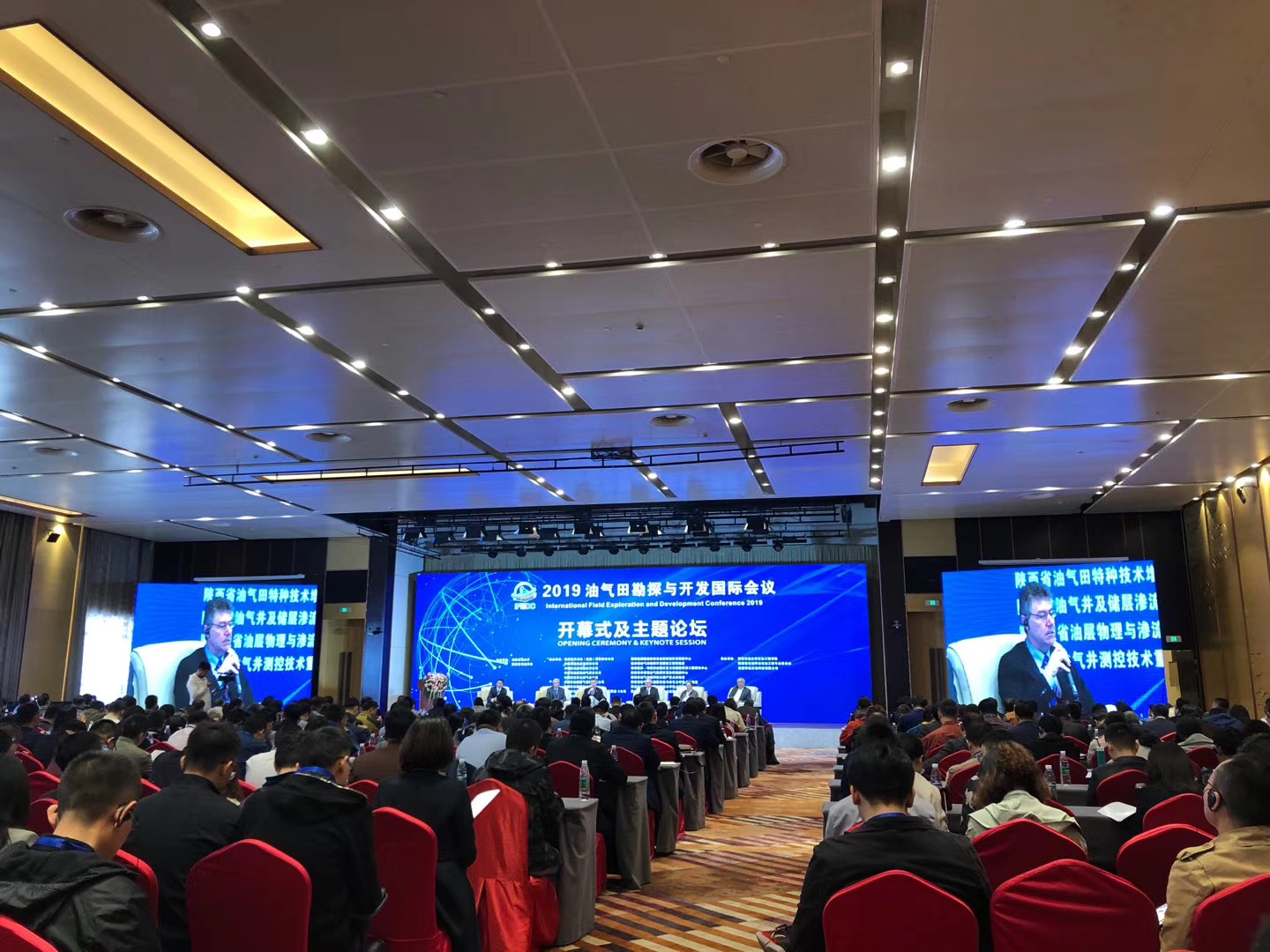Smart Seismic Modeling - Artificial Intelligence in the Petroleum Industry
DOI:10.14800/IOGR.1203
Abstract
Vertical seismic profile (VSP) data have many known advantages, if being compared to seismic data such as broader bandwidth, less attenuation, clearer under well true depth (TD) image, multiple noise differentiation, shear wave information, direct attenuation and anisotropy measurements, higher fidelity amplitude versus offset (AVO) effect, etc. In this paper, we share the bottom-up approach that aims to maximize the information extracting from borehole seismic, in conjunction with seismic and well log data, to generate a geological model by integrating full wave-field modeling (FWM) to deep learning techniques, called smart seismic modeling (SSM) project.
The study starts using data at well locations, with vertical seismic profile (VSP) forward modeling process. The 2D rock physics model is thus built from the prior well logs and the major interpreted seismic horizons and faults. By altering rock-physics properties values and thickness of each layer, the model has been multiplied thousand times. The rock-physics models and their simulated seismic traces are fed, as labels and inputs, respectively, into a 2D deep learning network. The network then extracts the non-linear relationships between inputs and labels so that thickness and rock-physics properties can simultaneously be regressed with least squared error loss function. Optimal trained weight set (artificial intelligence engine) is finally used to predict wellbore’s surrounding geologic structures and rock properties for all the wells in the study area.
To make sure machine learning can provide a good work, similar training and prediction process is carried out from surface seismic forward modeling. Not only is it used for rock property prediction at the area apart from wells, but also for cross checking the prediction at well location. All 2D predicted rock-property models are merged by multi-point statistics (MPS) method using hard data from wells’ prediction and trends from actual VSP processing, such as anisotropy, 2D Qp, Qs, for a complete 3D geologic model. By doing with two different modeling processes, i.e., VSP forward modeling and surface seismic forward to cross check the results, results can obtain from this study are: 1)high quality static model for field development; 2)high quality dynamic model for field monitoring; 3)robust artificial intelligence engines for variety types of geology.
In this study, we introduce the SMM approach and share promising successes in applying deep learning in rock property inversion process. The successful showcase has proved that deep learning technique can be used to extract any kind of rock properties from the big data of VSP, well log and of seismic.
Downloads
Published
How to Cite
Issue
Section
License
Copyright (c) 2022 Bihn Nguyen Kieu, Minh Van Vo

This work is licensed under a Creative Commons Attribution 4.0 International License.












